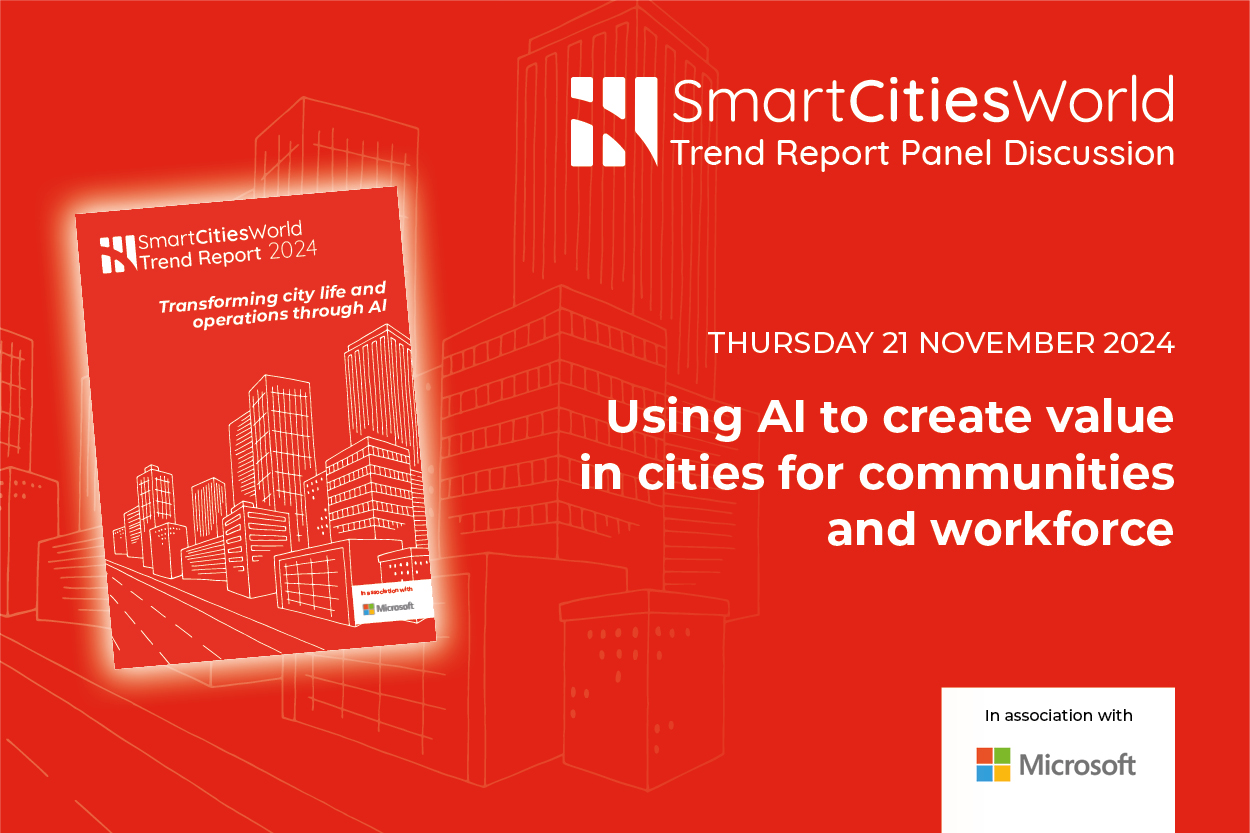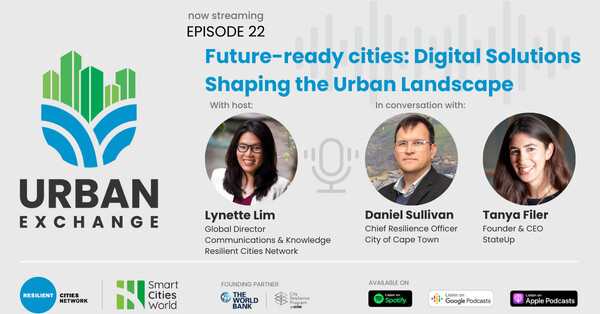Special Reports
SusHi Tech Tokyo 2024: experience ‘Tokyo 2050’ todaySponsored by The SusHi Tech Tokyo 2024 Showcase Program Executive Committee
The built environment’s Scope 3 emissions conundrum
Without serious consideration for Scope 3 emissions, we will be unable to reach global net zero goals and improve the quality of life of building occupants, says Mahesh Ramanujam, CEO of Global Network for Zero.
Recently, companies including Google and Volvo have released net zero commitments. While steps in the right direction, both leave room for improvement, particularly around managing Scope 3 emissions. But this is not unique to Google and Volvo: Only 29 per cent per cent of public companies in the US report Scope 3, and far too many commitments exclude plans for tackling Scope 3 emissions, particularly in buildings.
Addressing this emissions category is crucial because Scope 3 emissions account for more than 70 per cent of a company’s total greenhouse gas (GHG) footprint and, in the built environment, 80-90 per cent of a building’s total emissions fall under Scope 3.
Global net zero goals
Without serious consideration for Scope 3 emissions, we will be unable to reach global net zero goals and improve the quality of life of building occupants. It’s incumbent upon developers, project managers, building owners, and real estate investors to prioritise reporting on and addressing these emissions in not just new buildings, but existing buildings as well.
Scope 3 emissions refer to GHG emissions that an organisation does not directly produce but are a result of the organisation’s or building’s activities. They have a reputation for being difficult to track, as these emissions are often outside the direct control of an organisation. For a building, Scope 3 emissions often come from the supply chain and through subcontractor emissions, like during the production of building materials, or employees commuting to and from a building.
Many organisations face issues measuring, reporting, and mitigating Scope 3 emissions for many reasons including an absence of quality data, a lack of technical expertise in carbon management, and the lack of a standardised accounting and reporting process for Scope 3. But with many available market-tested solutions that address all of these perceived obstacles, it doesn’t have to be this way. At my organisation, the Global Network for Zero, we leverage the internationally recognised Greenhouse Gas Protocol, which 92 per cent of Fortune 500 companies already use in their corporate social responsibility and ESG reporting as a uniform standard for measuring and tracking these emissions.
We have an enormous opportunity for buildings to not only achieve net zero goals and eliminate Scope 1, 2, and 3 emissions but also support healthy and happy communities.
For existing buildings, mitigating Scope 3 emissions should begin with conducting an inventory of current emissions to understand performance and identify appropriate reduction measures. If an organisation doesn’t know what its emissions are or where they are coming from, the emissions can’t be removed. Next, owners should explore how occupants travel to the building. The use of public transport, carpooling, and cycling among employees are all ways to reduce commuting emissions. For example, Shree Ramkrishna Exports (SRK), one of the world’s leading diamond crafting companies, achieved net zero certification recently by converting all company cars to EVs and creating an app to help employees track the carbon footprint of their daily commutes.
Companies can also implement circular economy principles by reducing waste and promoting the recycling and reuse of materials to minimise emissions associated with production and disposal and should engage with suppliers who prioritise sustainable practices and materials. Finally, buildings can offset remaining emissions by investing in high-quality carbon credits to compensate for emissions that cannot be eliminated, but this should be done only when necessary. For instance, a building may not be able to completely get to zero even when installing energy efficiency measures because of how it is situated on the grid.
Clean technologies and energy efficiency
New buildings present a host of new opportunities to embrace clean technologies and energy-efficient practices from the earliest stages of planning. In the building process, it’s important for developers to choose vendors who are also committed to reducing emissions in the supply chain. There are many vendors that consolidate shipments and use alternative transportation modes like rail or water to minimise carbon-intensive transport.
Some use low-carbon building materials since commonly used steel and cement are notoriously high carbon emitters and source materials locally to reduce transportation emissions and support regional economies.
Embracing circular economy principles from the start also presents a huge opportunity for energy savings:
- Have occupants adopt waste minimisation strategies and prioritise on-site sorting and recycling of construction waste
- Explore innovative solutions for reusing materials and implementing closed-loop systems to minimise waste generation
- Implement energy-efficient design principles and technologies to reduce energy consumption during construction and operation
- Integrate renewable energy sources like solar panels and wind turbines to offset emissions from fossil fuel-based energy sources
- Embodied carbon, the total amount of GHGs associated with a building during its life cycle, should also be taken into account and is particularly relevant during building retrofits.
The built environment accounts for nearly 40 per cent of global GHG emissions and is simultaneously where many of life’s most important moments take place, where communities and families live, work, and play. For Americans alone, 90 per cent of life takes place indoors. We deserve spaces that are good for us and the planet. We have an enormous opportunity for buildings to not only achieve net zero goals and eliminate Scope 1, 2, and 3 emissions but also support healthy and happy communities.









